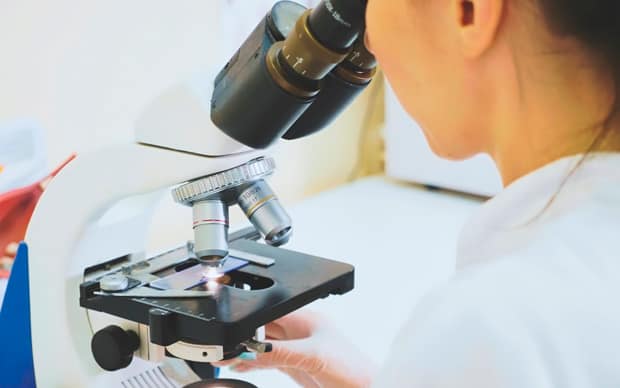PICSI (Sperm Low)
What is PICSI?
The PICSI method is a physiological variation on the ICSI technique (sperm microinjection), which is performed using hyaluronic acid (HA). Hyaluronic acid is involved in the sperm selection mechanism: only mature spermatozoids that have their specific receptors out can bind to the HA around the outer membrane of the egg and fertilise it.
With traditional ICSI, sperm selection is performed by embryologist observation. Physiological ICSI, or PICSI, is less subjective and helps to optimise the results of assisted reproduction treatment.
When is PICSI (Sperm Low) indicated?
PICSI is very useful in patients with high sperm DNA fragmentation but good sperm motility, as the technique helps to select the best quality mature spermatozoids.
These spermatozoids are individually selected and have low fragmentation levels, thus decreasing the likelihood of chromosome abnormalities.
Keeping in mind that this is an experimental technique which is still being researched, it is difficult to determine which patients it is indicated for. But, generally speaking, it is indicated in the following cases:
Elevated sperm DNA fragmentation levels
Previous IVF-ICSI failure, with poor embryo quality
Unexplained infertility
Couples with recurrent miscarriage likely due to male factor infertility
Abnormal sperm FISH analysis
Repeated implantation failure
PICSI (Sperm Low) Procedure
The sperm sample for PICSI is collected as usual. After sperm capacitation, the spermatozoids are placed on a special slide.
This slide contains drops of a synthetic material which closely resembles the hyaluronic acid that naturally surrounds oocytes. Good quality spermatozoids will bind to these drops, so the embryologist will be able to easily identify them.
Once the spermatozoid has been selected it is aspirated with the microinjection pipette and ICSI is performed as usual.
More info
Complete the form or call us at (+34) 952 122 565.


